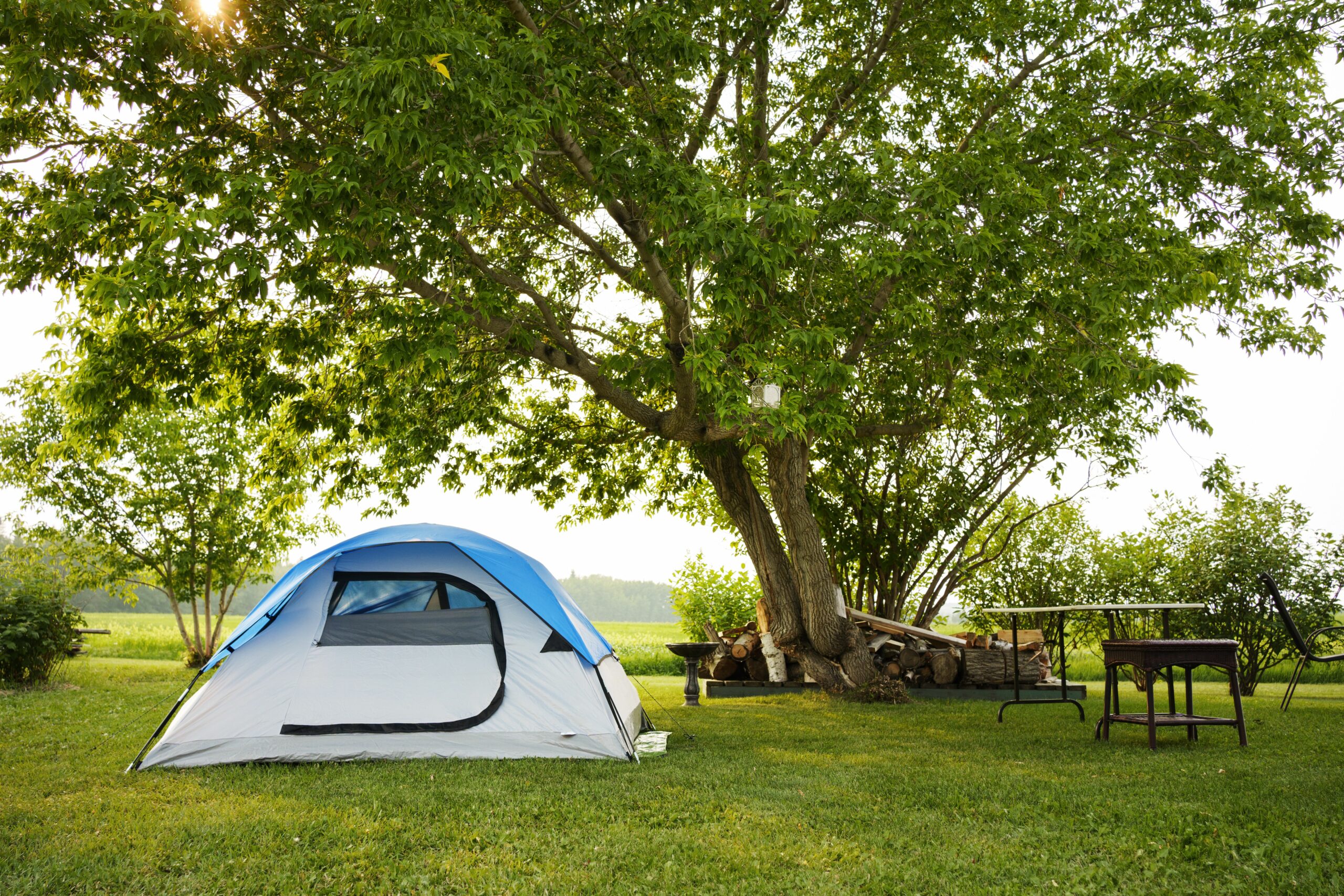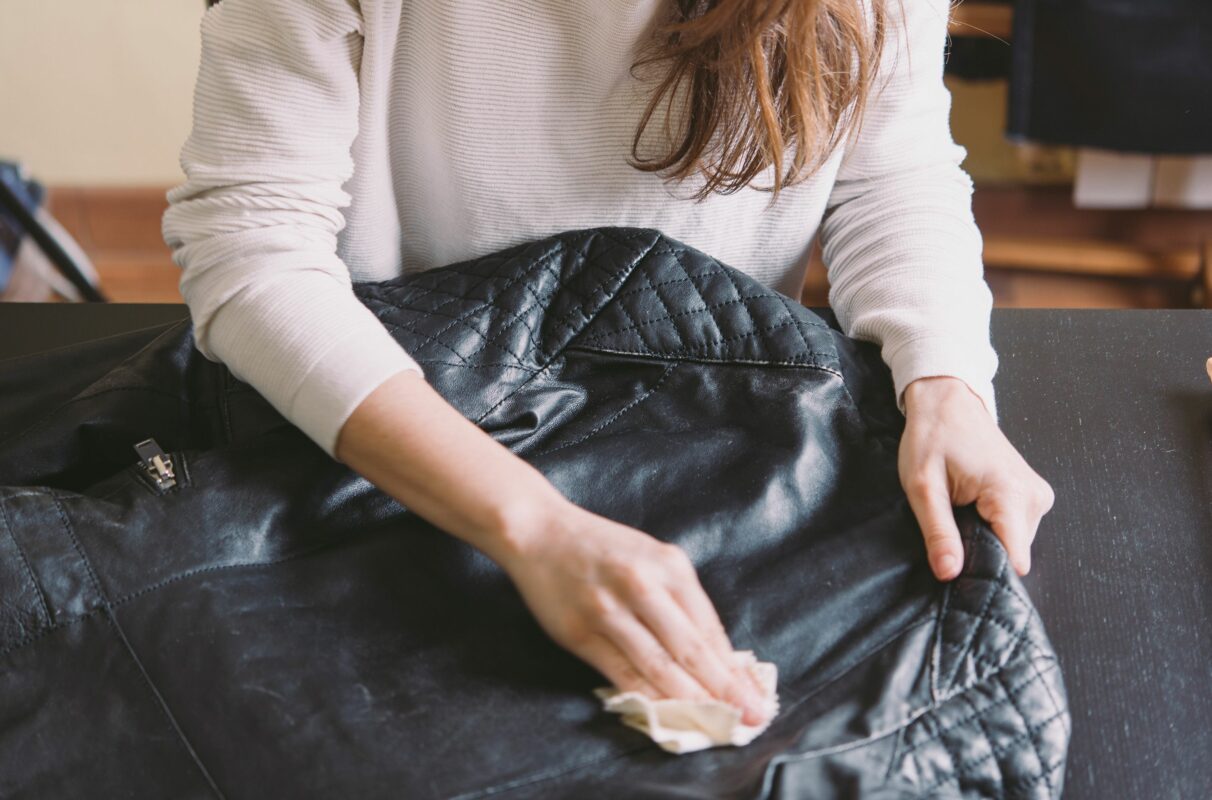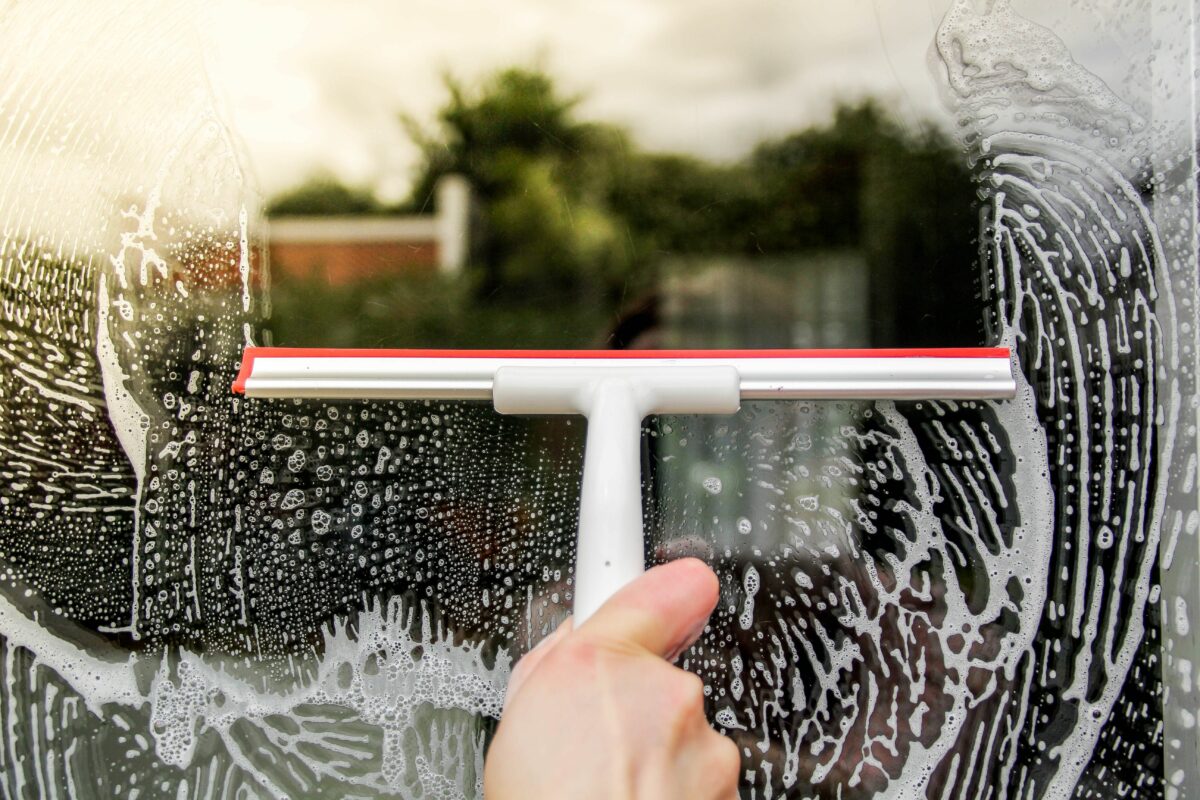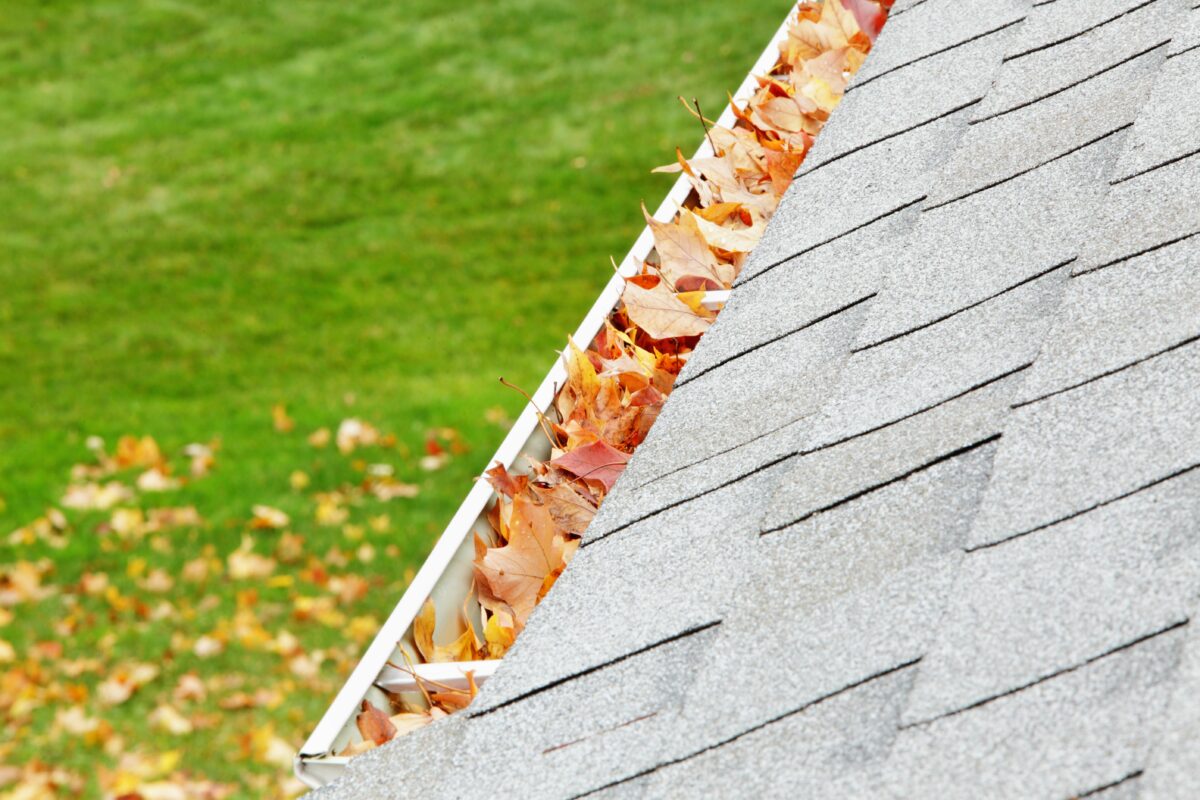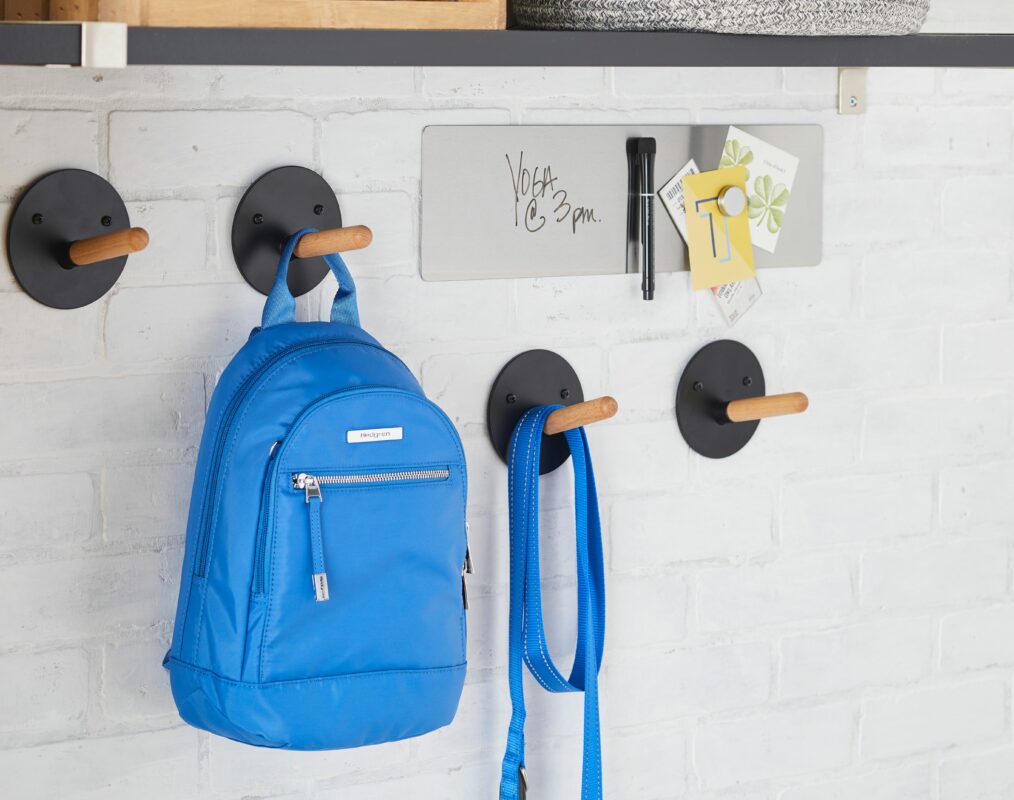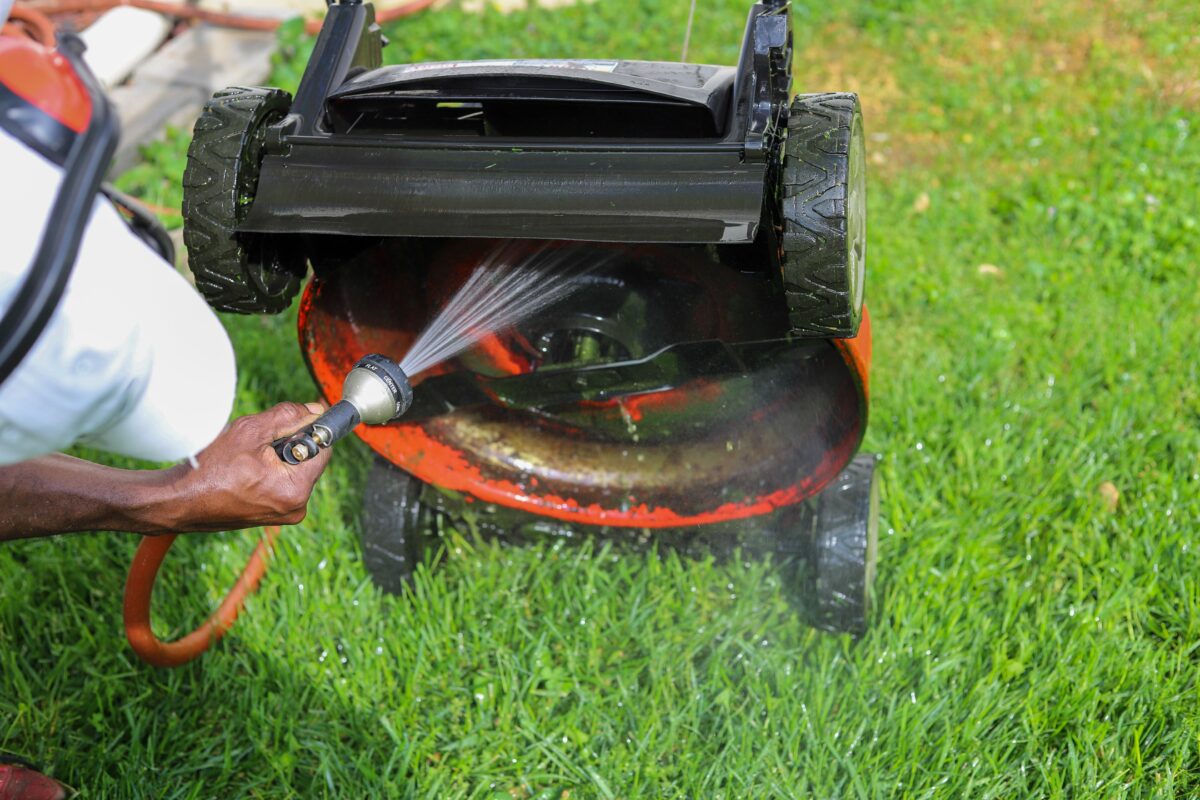Camping is a great way to connect with nature, unwind, and create cherished memories. However, after a few days in the great outdoors, your tent can become a repository of dirt, grime, and odors. Tents exposed to rain, sand, dust, bird droppings, and tree sap need some TLC after a big trip. Thorough cleaning and maintenance prolong the life of your tent and ensure it’s always ready for your next adventure.
How often you need to clean a tent depends on how frequently you use it. Washing it after any extended camping trip is essential to lift stains, remove mold, and neutralize musty odors. Also, removing mud or branches can ensure there are no rips or holes. Here’s how to clean a tent after your next camping trip.
How to Spot-Clean Dirt or Stains on a Tent
Spot-cleaning can effectively remove dirt and stains without soaking the entire tent in water and cleaning agents. Start by looking for noticeable stains and spots. Common culprits include mud, tree sap, bird droppings, and food spills.
- Choose the right cleaning agent, including a mild soap or tent fabric-specific cleaner. Avoid harsh detergents, bleach, or strong chemicals, as these can damage the tent fabric and any waterproof coating.
- Gently scrub any stains with a soft brush or soapy sponge. Avoid abrasive materials that can scratch or tear the fabric.
- Rinse the spot with clean water to remove any soap residue, which might degrade the fabric over time.
- Use a clean towel to pat it dry. If the weather is sunny, let the tent air-dry thoroughly before storing it.
How to Hand-Wash a Tent
Hand-washing the entire tent is necessary for a more thorough cleaning after a wet or extended trip. Begin by preparing an ample space to lay the tent out flat. A clean or tarped section of your yard, deck, or garage could work well. Have a bucket of lukewarm water with mild soap or a tent cleaner nearby.
- Shake the tent to remove loose dirt, leaves, and other debris. Vacuum any remaining dirt from the tent.
- Fill a large tub or container with lukewarm water and mild soap. Submerge the tent in the water and gently agitate it with your hands to loosen dirt and grime. Allow the tent to soak for about 15 to 20 minutes.
- Gently scrub the tent with a soft sponge or cloth. Pay particular attention to areas with visible dirt or stains. Be careful not to scrub hard or damage the fabric.
- Drain the soapy water and refill the tub to rinse the tent with clean water. Remove all soap residue, even if it requires multiple rinses.
- Carefully lift the tent out of the water and let it drip dry for a few minutes. Then, hang it over a clothesline, shower rod, or similar structure to air dry. Ensure the tent is fully spread out to avoid wrinkles and to guarantee it dries completely. This careful approach will help maintain the tent’s condition and prepare it for future adventures.
If you don’t have a tub big enough to wash your tent, use a hose, bucket, sponge, and mild soap. However, the hose cannot be set to a high-power setting, which can cause rips and tears in the fabric. Gentle water pressure will remove dirt and grime.
Never use a pressure washer when cleaning your tent, as it can split the seams.
How to Dry a Tent
Proper drying prevents mold and mildew. Quick sunlight drying might be tempting, but prolonged UV-ray exposure can degrade the fabric and weaken the waterproof coating. Instead, choose a shaded area with good airflow. Ensure your tent is completely dry before storing it away. Even a tiny bit of moisture or humidity can lead to mold. Ensure airflow and expect drying to take several hours to complete.
Pay extra attention to seams, corners, and pockets where water might accumulate, as these areas are prone to mold growth. Use fans to speed up the drying process.
How to Store a Tent
Once your tent is clean and completely dry, properly store it to maintain its condition. Store your tent in a cool, dry place—preferably a climate-controlled room.
Also, instead of storing your tent in its original stuff sack, which can be too tight, use a larger, breathable cotton or mesh bag to prevent moisture accumulation. Periodically check your tent in storage to ensure there’s no moisture, pests, or damage.
Avoid Unintentional Damage
Avoid washing machines and dryers because their agitation and heat can severely damage tent fabric and waterproofing. Don’t underestimate the weight of a wet tent in a washing machine. Instead, hand-wash and air-dry your tent. Avoid harsh cleaners not specifically designed for tents, as they can weaken the fabric.
Pay attention to the tent poles and stakes. Wipe them down with a damp cloth and make sure they are clean and dry before packing. Dirty or wet poles can corrode. Take a few extra minutes to ensure your entire tent setup is in tip-top condition for your next camping trip.


